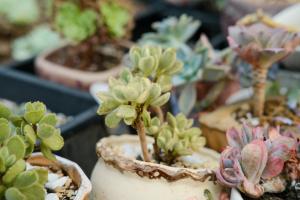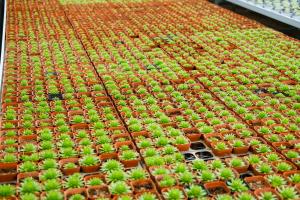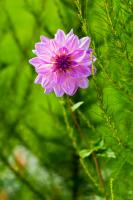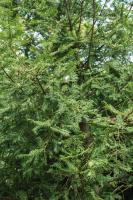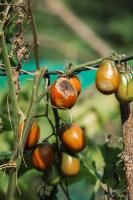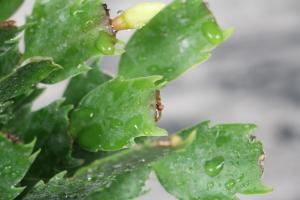Introduction
Cherry tomato plants are a popular choice for gardeners because of their relatively small size, easy care, and prolific fruit production. However, if you want to maximize the quality and quantity of your cherry tomato harvest, you may be wondering if pruning is necessary. In this article, we will explore the benefits and drawbacks of pruning cherry tomato plants.
What is Pruning?
Pruning is the process of removing a portion of a plant, such as leaves, branches or stems. The goal of pruning is to promote plant health, direct its growth, and increase fruit production. When it comes to cherry tomato plants, pruning is typically done to remove suckers or side shoots that grow in the crotch between the main stem and a branch. Suckers can drain resources from the plant and reduce the overall quality and quantity of fruit produced.
Benefits of Pruning Cherry Tomato Plants
Pruning cherry tomato plants can provide several benefits, including:
Increase the yield of fruit : Removing suckers can redirect energy to the main stem and increase the number and size of fruit produced by the plant.
Control the size of the plant : Pruning can reduce the overall size of the plant and make it easier to manage, especially in small garden spaces.
Improve air circulation and reduce disease : Removing suckers can improve air circulation around the plants, reducing the chance of fungal diseases like early blight or late blight.
Drawbacks of Pruning Cherry Tomato Plants
However, pruning cherry tomato plants can also have drawbacks, including:
Damaging the plant : Pruning the plant too much or at the wrong time can damage the plant, reduce fruit production, and even lead to plant death.
Reducing the plant's ability to withstand stress : Suckers can provide additional leaf area, which helps the plant withstand stress from heat, drought, or pests. Removing too many suckers can reduce the plant's ability to withstand stress.
How to Prune Cherry Tomato Plants
If you decide to prune your cherry tomato plants, follow these steps to do it correctly:
Identify sucker growth : Look for the small, new growth appearing in the crotch between the main stem and a branch. These are suckers.
Choose the right time to prune : Prune cherry tomato plants in the morning, on a dry day. If possible, avoid pruning during the heat of the day or in the late afternoon or evening.
Remove the suckers : Pinch off the suckers with your fingers, leaving only the strongest stem to grow. Be careful not to damage the main stem or the remaining branches.
Monitor the plant : Observe the plant for a few days after pruning to make sure it is recovering properly.
Conclusion
Whether or not to prune cherry tomato plants is a personal decision for gardeners. Pruning can increase fruit production and improve plant health, but it can also lead to plant stress and reduced fruit production if done incorrectly. If you choose to prune, follow the proper techniques to ensure the best results.

 how many times do yo...
how many times do yo... how many planted tre...
how many planted tre... how many pine trees ...
how many pine trees ... how many pecan trees...
how many pecan trees... how many plants comp...
how many plants comp... how many plants can ...
how many plants can ... how many plants and ...
how many plants and ... how many pepper plan...
how many pepper plan...